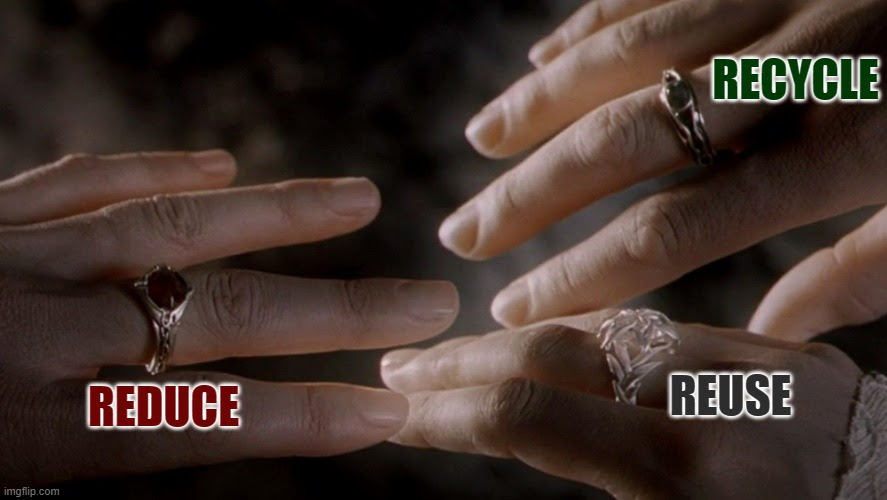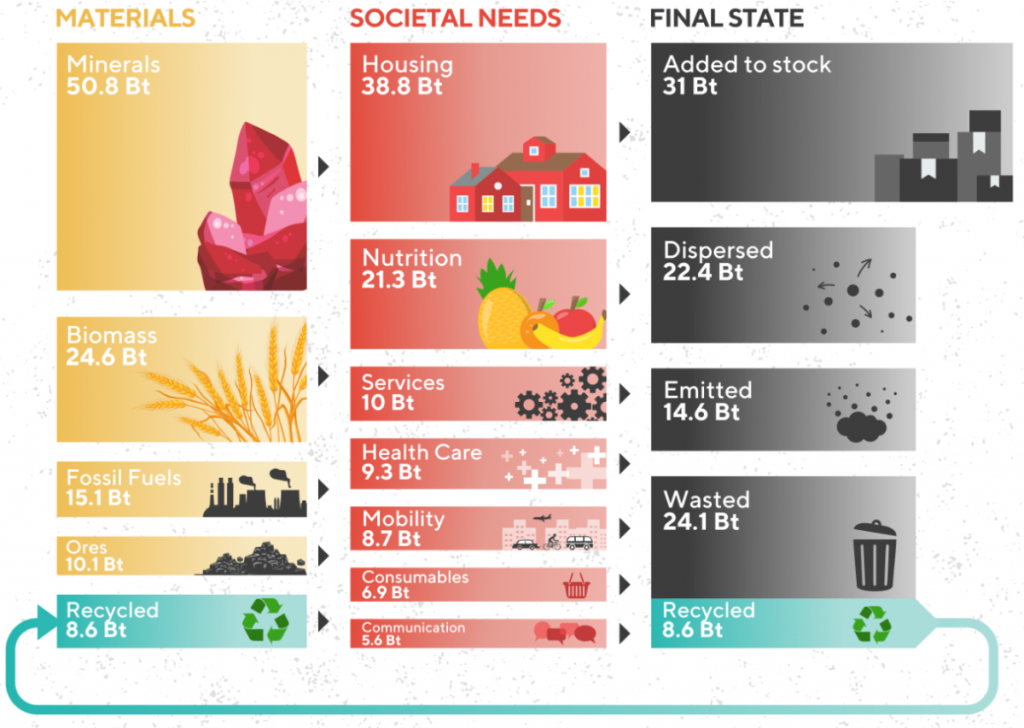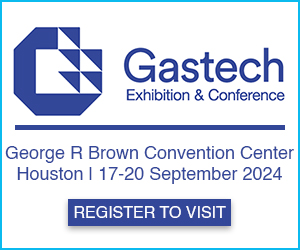Courtesy of ENERGYminute
See more articles and infographics from ENERGYminute HERE
Just like the Rings of Power, the circular economy model has one ring to rule it all.

Courtesy of imgflip
The circular economy is essentially the three Rs from elementary school — reduce, reuse, and recycle — but rebranded for a modern audience. It’s a premise that has been gaining more and more traction as consumers and companies look to make sustainable choices.
Background: The main goal of the circular economy to eliminate as much waste as possible and return products to the economy, starting right from product design itself.
The key principles of a circular economy:
Design out waste and pollution: Designing products so materials can re-enter the economy at the end of their useful life.
Keep products and materials in use for as long as possible: Reducing the need for new raw materials by circulating existing products and materials.
Regenerate natural systems: Using practices like regenerative agriculture for our food systems to keep soil healthy and using renewable sources for energy systems.
Cradle-to-cradle product design

Courtesy of Cradle to Cradle
There is no shortage of challenges to overcome
Many of the products we use are designed for obsolescence: iPhones are often just one software update away from battery issues and then occupying that junk drawer of mismatched electronics.
- We would love to channel our inner Handy Manny and fix a broken toaster, but it’s often just cheaper and easier to buy a new one.
Just 9 percent of all materials get recycled: The scale of the opportunity is huge, and future recycling will include more than just beer and wine bottles. Supporters of the circular economy argue that incentives are needed to reuse products and to ensure that the recycled products are valued.
Our current food and energy systems are not yet ready for the circular economy: 1.3 billion tonnes of food are wasted every year and our current energy systems and infrastructure couldn’t handle a fully renewable grid.
The global resource footprint
billion tons

Courtesy of ENERGYminute
So what’s being done?
Governments have recognized the importance of these concepts and are working to develop strategies for the circular economy.
- The US Environmental Protection Agency has a national recycling strategy to better use municipal solid waste and will develop plans for electronics, plastics, and food waste in the future.
- The EU developed an action plan focused on making products more sustainable, providing consumers with the “right to repair”, and minimizing waste.
Even corporations are actively changing their routines. Companies like Nike, Google, and H&M have found opportunities to use circular economy concepts into their business. Battery makers are also using these principles, with new gigafactories designed to use old and recycled batteries.
Zoom out: According to the World Business Council for Sustainable Development, there’s an estimated $4.5 trillion in economic growth if the world shifts to a circular economy, and up to $700 billion in cost savings for materials.
The circular economy is a concept that many countries are using with net-zero, transitioning to a more sustainable world.
Share This:




 CDN NEWS |
CDN NEWS |  US NEWS
US NEWS 



























